What is Renaissance? When, where and how did Renaissance style architecture emerge? What are the Renaissance architecture characteristics and examples? Here are the Renaissance architecture history in all its details…
Contents
What is Renaissance?
The word Renaissance originated as a derivative of the Italian word ‘Rinascita’ / ‘Rinascimento’. This word, which means “rebirth” in Italian, was formerly used as a religious term for purification from sins. The word ‘Rinascita’ was first used in an architectural sense by the famous art historian Giorgio Vasari when referring to Renaissance architecture in his work “Lives of the Most Excellent Painters, Sculptors and Architects” published in 1550. The word ‘Renaissance’ was first encountered in the book “The Civilization of the Renaissance in Italy” published by Swiss historian Jacob Burckhardt in 1860.
In this article, we will examine the details of Renaissance architecture, which is the most important architectural style of the period after Gothic architecture.
Note: Don’t forget to read our article on architectural history from prehistory to the present!
Renaissance Architecture History
When and Where Did Renaissance Style Architecture Emerge?
Renaissance style architecture, which is reflected in the 15th century world, which is reflected in the world of basic art and culture, which belongs to Rome and ancient Greek civilizations; In the early 15th century, Italy has emerged in the Toscana area and then spread to all Europe, in France, Germany, England towards the middle of the 16th century. The overall effect of the Renaissance current is not limited to architecture only; It was also common in literature, pictures, statues, science and technical areas.
“Flippo Brunelleschi” is accepted as the first architect of the Renaissance period. Brunelleschi has revealed the first major Renaissance architectural works of the period by completing Florence Cathedral designed according to the half-term gothic stylus features in the period. Creating and placing the general rules of Renaissance architecture, Leon Battista Alberti and were blasted. In addition, the most important representatives of this architecture can be counted as Donato Bramante, Rafaello Sanzio and Michelangelo Buonarrotti.
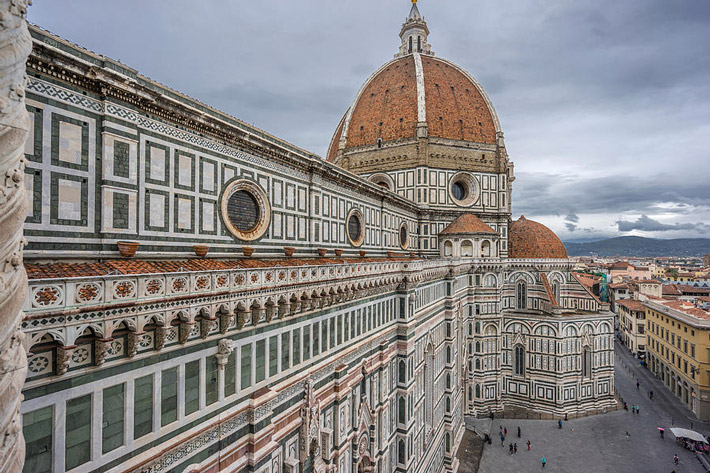

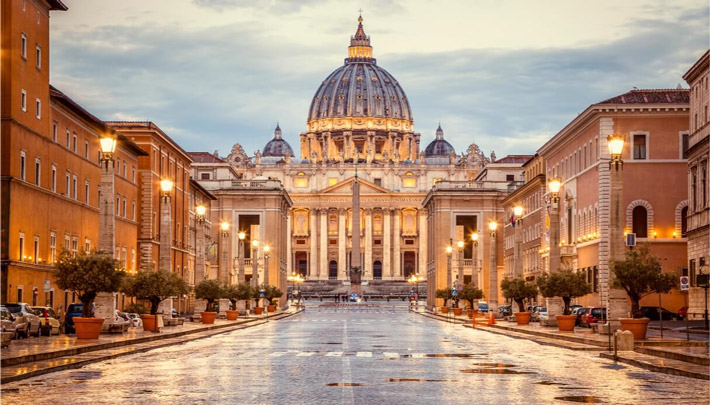
Why and How Did the Renaissance Architecture Emerge?
Instead of a single state in the 15th century Italian peninsula; There were many independent dashes, republics and kingdoms in constant competition. In these periods, in particular economic richness in Italy, and the developments in urbanization in this parallel has brought together social and cultural changes. The gothic period, which is dominated by religious life, gradually exhausted a period of science and art to be speaking more. Especially the rich traders living in Florence and Bankers – especially medicis -, have started to work with famous architects and artists for their own living areas and the beauty of their cities. In this period, the philosophy, physics, which were revealed by ancient Greek civilizations in this period, was also popular in the fields of mathematics.
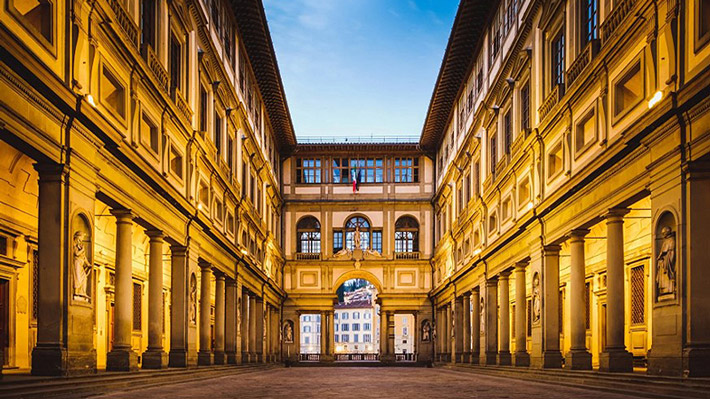
How Did the Renaissance Architecture Spread?
When explaining the Renaissance architecture, it is necessary to mention the direct organic relationship with the concept of Humanism. Humanism, which is going to the ancient grade; With Socrates, he has been the center of the “human philosophical thinking” and the protagoras is the basis of the philosophy that stretches to these days by saying “human being all things”. With the increase in richness in the Renaissance period, the interest of the society has turned away from God and the human’s essence, and the priority has always started to spread humanist philosophy.
In this period, the dogmas of scholastic thought collapsed; scientific skepticism and scientific techniques came to the fore. The personality of the artist began to come to the fore in the works with the gaining of human importance. With the decrease in the influence of religion on art, artists began to produce works other than religion and to produce more architectural works, paintings, sculptures, and works focused on philosophy.
Again, as a result of the discoveries that coincided with this period, people sailed to new horizons. The spread of the Renaissance movement was quite rapid, with paper, printing, and other new technologies found. In parallel with all these effects, the concepts of religious difference came to the fore and new churches such as Catholic, Orthodox and Protestant emerged.
Renaissance Architecture Characteristics
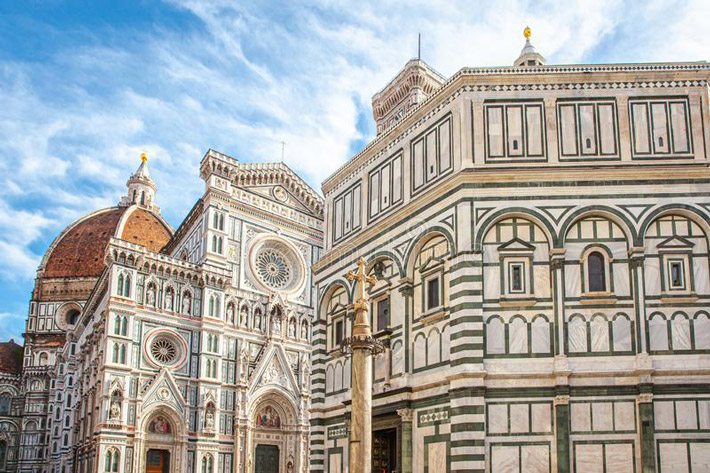
The foundation of the Renaissance architecture is based on the detailed examination of the buildings of the Roman Empire and the works of writers and philosophers of that period. The most important source on this subject is the 10-volume work “De architectura“, written in 100 AD by the Roman architect Vitruvius, in which he describes architecture and urban design. The book was translated into Latin and later into other languages by the famous architect of the period, Leon Batista Alberti, as “Ten Books on Architecture“. The book, which has become the holy book of Renaissance architects, is a very extensive source of information; geometric and symmetrical forms, the aesthetic definition of the building, the harmony of architectural elements with each other and with each other, and many other important concepts. In the third volume of his work, Vitruvius stated that the ideal ratio systems in architecture are in the perfect proportions of the human body, based on the ratio of the different parts of the human body to each other and to the human height. Today, this concept emerges as the “Golden Ratio“.
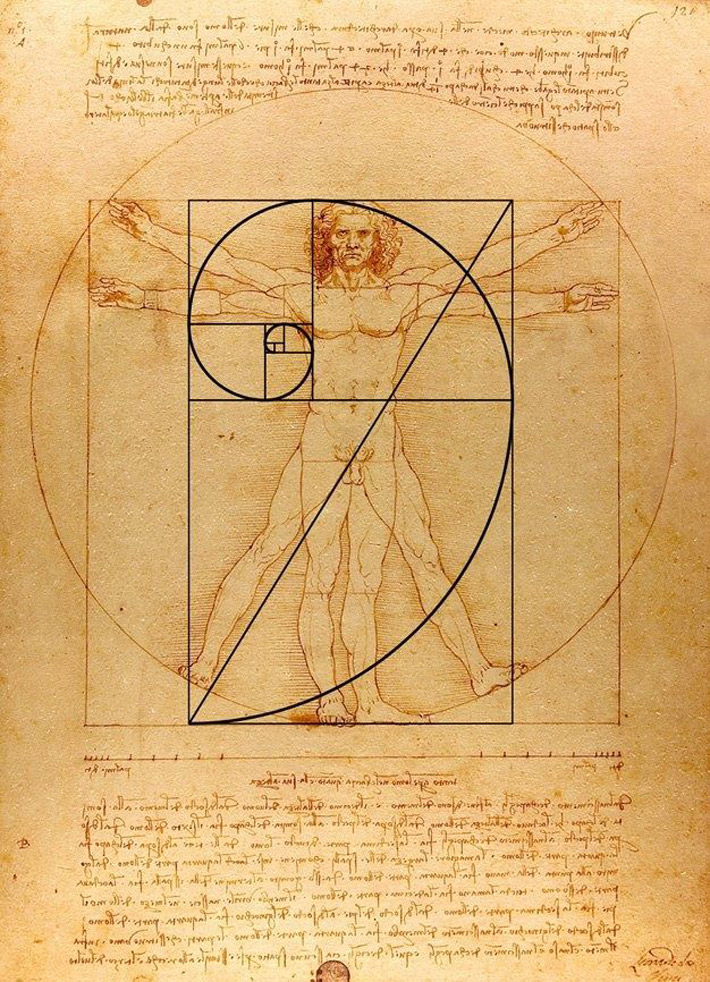
The Renaissance architecture characteristics, which were shaped in parallel with all these variables mentioned above, are briefly as follows;
- Arrangements were made in the architecture of the buildings according to easily understandable numerical ratios.
- The external appearances of the structures usually consist of simple geometric shapes such as cubes and parallelepipeds.
- The main material of the architecture is stone, but brick was used in the raised domes. In addition, marble was preferred for columns and decoration.
- Influenced by ancient architecture, classical elements were used. However, due to the architectural structure of stone-brick mixture, ancient elements were only used decoratively on the facades.
- The architecture of the buildings was planned in a horizontally developed form in accordance with the human scale.
- The circle form symbolizing the perfection of God and also the square form became the ideal form of the church plans.
- Instead of cross vaults on top of each other, cradle vaults, which are more easily applied in terms of construction, were used.
- There are arches opening into each other in the windows.
- Ancient architectural elements such as columns, eaves, triangular pediments and pilasters were used together or separately.
- Lighting has gained importance, it has been used in a directive way, not randomly.
- By using horizontal moldings, a multi-storey and high impression is created in the buildings.
- Semicircular arches are used.
- Urbanism of the Renaissance period was based on a radial planning that opens outward from the center.
- Contrary to the architectural weight of Romanesque and Gothic in the cathedral buildings; Renaissance style architecture was also seen in different building types such as palaces, mansions and social buildings.
- Painting, sculpture and architecture took place in the buildings as intertwined concepts.
- Horseman statues decorate the center of the squares.
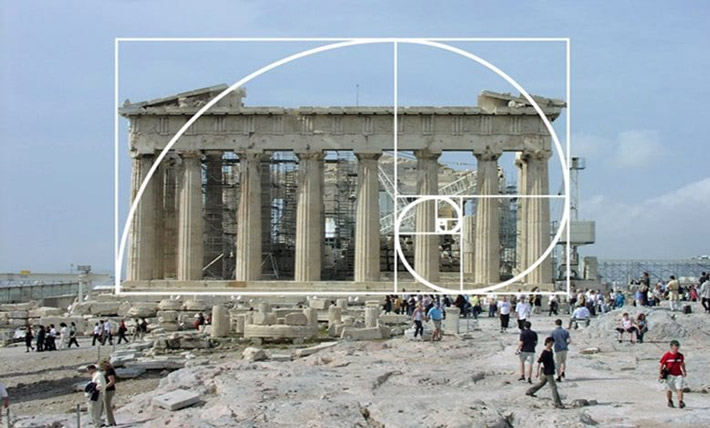
What are the Differences Between Gothic and Renaissance Architecture?
- The basis of Renaissance architecture is man, the basis of Gothic architecture is religion.
- Renaissance architectural works are mostly civil buildings like palaces and villas built for wealthy merchants and aristocrats; The majority of Gothic architectural structures are religious buildings.
- In the Renaissance architecture style, the buildings were developed horizontally, while in the Gothic architecture, all the buildings stretched towards the sky.
- Semicircular arches were used in Renaissance architecture; In Gothic architecture, pointed arches dominate the building.
- Towers were used in Gothic architectural structures; In Renaissance architecture, towers were replaced by domes.
- Lighting in Gothic architecture is not systematic; however, the lighting in Renaissance architecture was planned for a specific purpose.
- In Renaissance style architecture, painting and sculpture are a very important part of the whole; Gothic architecture does not have this detail.
Renaissance Architecture Examples from Europe
Italian Renaissance Architecture:
Italy has been the center of this architecture with its wealthy aristocrats and world-famous architects. The center of the period called the Early Renaissance (1420-1500) was Florence. The period when Rome was more active between 1500 and 1530 is expressed as the High Renaissance period. In the years 1530 – 1600, when Renaissance architecture began to be influenced by the Baroque, the Mannerism movement emerged.
Throughout all these years, countless Renaissance architectural works have emerged in Italy, and the vast majority of them form the basis of Italian tourism today. Famous architect and sculptor Michelangelo Buonarrotti is the first thing that comes to mind when the Renaissance is mentioned. Here are some of Michelangelo’s works:

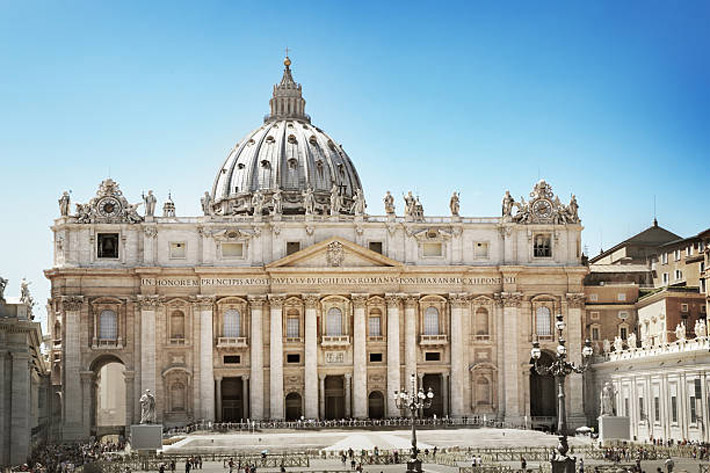

French Renaissance Buildings:
In the early years of the 16th century, the French and Italians were at war in northern Italy. The French brought not only valuable pieces as war spoils, but also Renaissance architectural style.
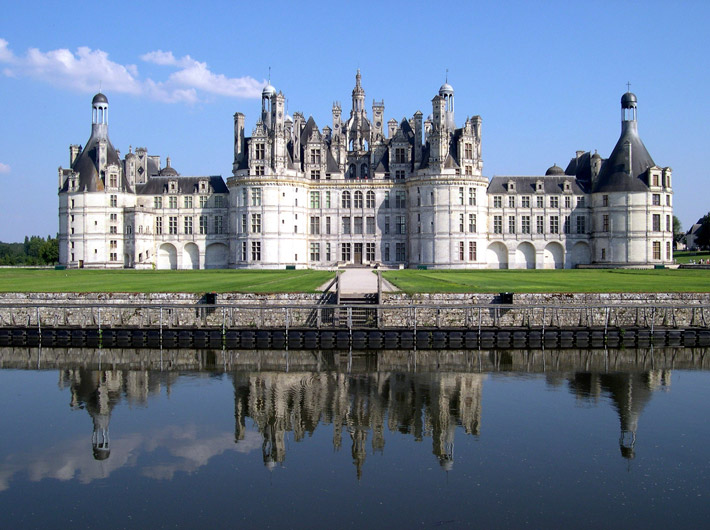
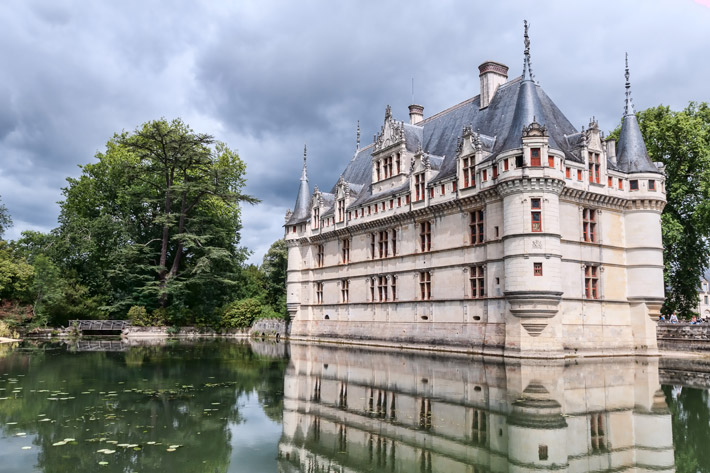
Germany:
The Renaissance in Germany started when philosophers and artists such as Albrecht Dürer and Johannes Reuchlin, who visited Italy frequently in the 15th and 16th centuries, used inspiration from Italy in their works. The process accelerated as Renaissance humanism began to be heard in many German cities and towns.
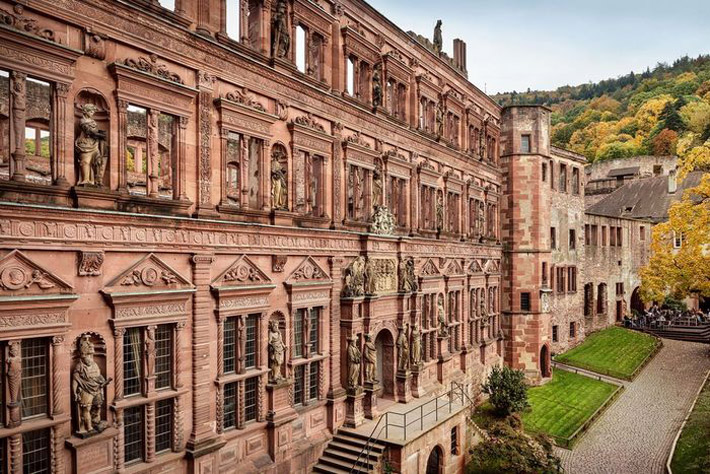

Spanish Renaissance Architecture:
In Spain, the Renaissance began to show its effects by infiltrating Gothic works at the end of the 15th century. The Renaissance style architecture, which began to be used mostly by local architects, developed its own style in Spain. This movement, which emerged between the end of Gothic and the first period of the Renaissance and attracted attention with its highly decorated facades, was named ‘Plateresque’. With the decrease of Gothic influences in the 16th century, works in which Renaissance architecture was more dominant began to emerge.


England:
England met with Renaissance architecture during the reign of Elizabeth I. Inigo Jones, who has worked on architecture for a long time in Italy, is one of the most famous advocates of this movement in England. When he returned to his country; reflecting this passion in his works, he created many important Renaissance works with clean lines and different symmetry.
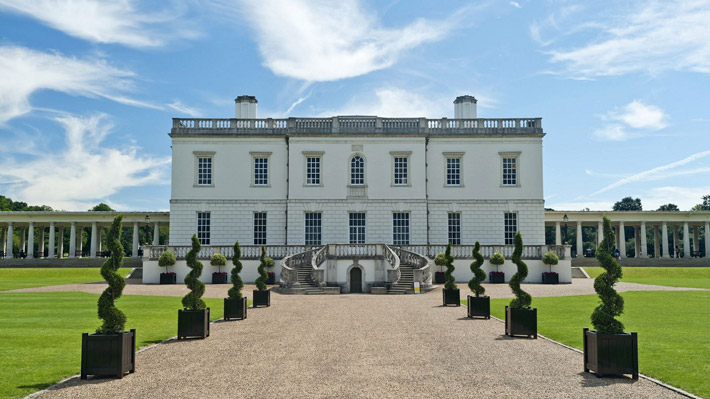
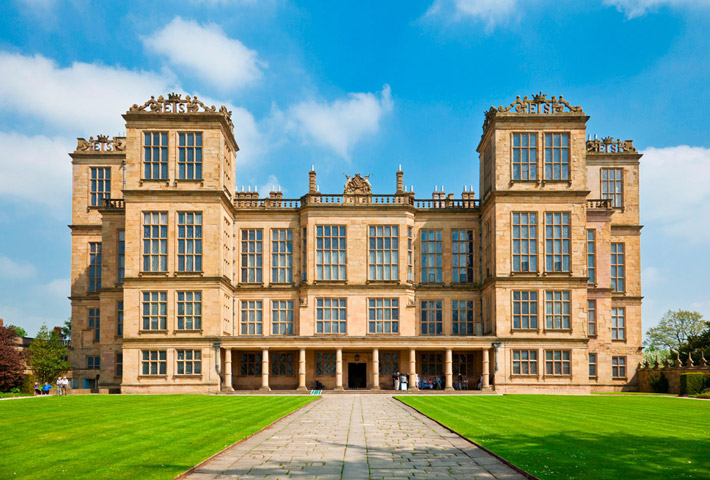
In this article, we tried to briefly answer the questions of ‘What is renaissance architecture‘ and ‘What are renaissance style architecture characteristics‘. For more renaissance style buildings, read our article on “Famous Renaissance Architecture Examples“. Don’t forget to visit our homepage for inspiration on different topics related to interior design & architecture! 🙂



